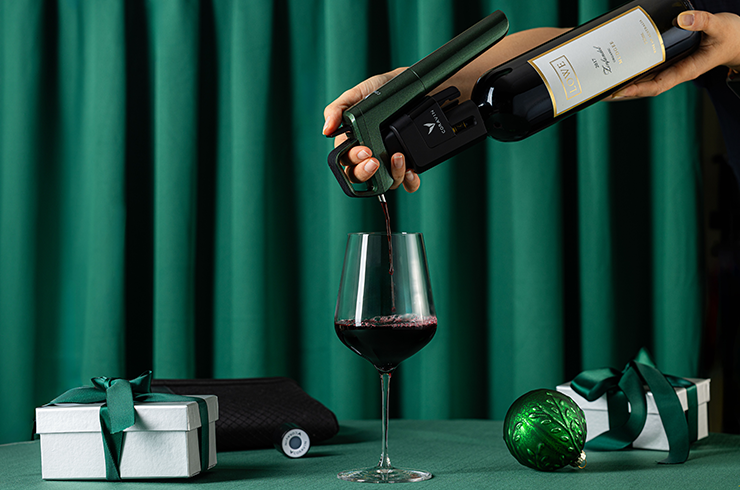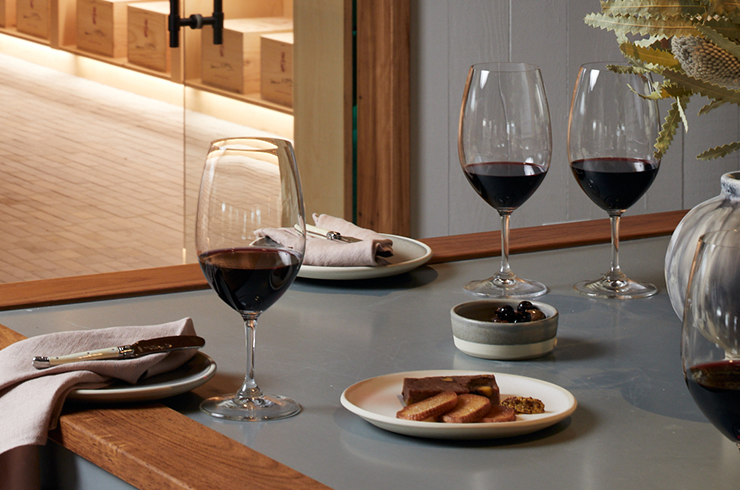1. Elegant red wines are the way forward
Rachael Niall, owner of Perth wine bar Budburst, says people’s wine preferences are shifting to suit the fact we are now more health-conscious. “A big fat steak with a big, bold red still has its place, but I think it’s more of an occasional indulgence for most people,” she says. “It makes sense that the wines we drink have less sugar and tannin; red wines that are lively and supple with fresh acidity, low levels of oak, and [often] lower alcohol percentages. You can drink a little more of them, rather than overpower your meal and overwhelm your palate.” Ian Trinkle, head sommelier at ARIA Brisbane, also prefers delicate attributes. “The lighter reds definitely have more versatility to them. Gamay’s one of the ones that stands out,” he says.2. Texture is the new weight
Techniques such as whole bunch, wild ferments and skin contact have introduced new tools into the sommelier’s arsenal, and diners are responding with enthusiasm. “A lot of those textures are flowing into the wine and it just lends itself naturally to food pairing – stripping the palate and preparing it for the next mouthful,” says Gavin Wright of Sydney’s Bar Brosé.3. Blends are on trend
Pushing a natural wine list, Gavin is passionate about shaking up patrons’ preconceptions of food and wine matching. “A lot of the natural wine producers are now using blended white and red varietals in the same bottle,” Gavin says. “If you are to pour something like Patrick Sullivan’s Jumping Juice and explain to them that it is both a red and white wine, it can really throw people’s preconceived ideas out straight away. It allows you to jump between red and white… There’s nothing like having a really voluptuous red and then a beautiful, astringent sauvignon blanc to clean up your palate and start again,” Gavin says. Blends are also back on the agenda at Budburst, according to Rachael. “We are now seeing all sorts of varieties being blended together for interest and depth. I really like these wines as they have a sense of play and often work well with food pairings because there are lots of dimensions, without too much concentration,” she says.4. All-rounders are key
Ian is excited about chenin blanc, which he says can be subbed for riesling in matches with raw seafood and shellfish, but has the generosity to pair with quail, chicken or even pork belly. “There’s a tonne of things that I would eat with chenin blanc. It’s a higher-acid aromatic white that has that plumpness and a little bit of lushness in the mid-palate, so it works with a lot of things,” he says. Rachael has seen rosé continue its march as a food wine, which can complement everything from fish dishes to charcuterie, Asian flavours and even lamb, if seasoned appropriately. “It is so versatile, and people are really keen to experiment,” she says.5. Good wine is versatile
Well-made, interesting wines go with many different dishes, says Ian, just as an inferior wine will not be propped up by the greatest dish in the world. Focus on finding classy wines and then food matching gets easier.6. Throw out the rule book
You may be surprised by some of the flavour combinations that can work if you experiment, says Gavin. Bar Brosé was recently matching its brown butter mousse and salted caramel dessert with a dry sherry.This is an edited version of what originally appeared as ‘Perfect match’ in Issue #34 of Halliday magazine.



